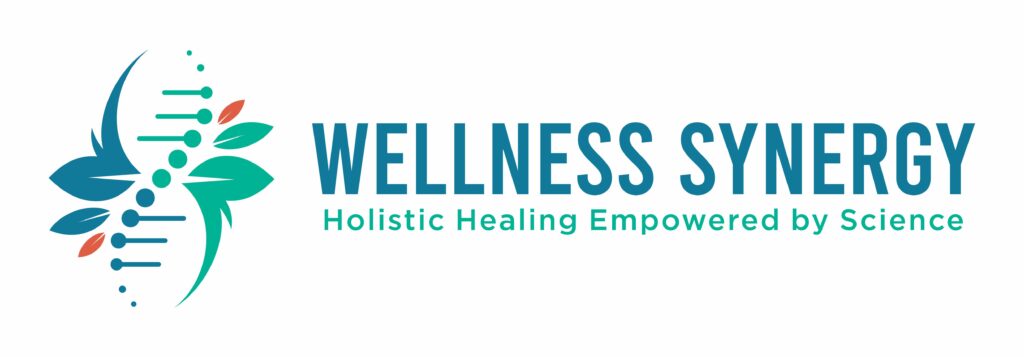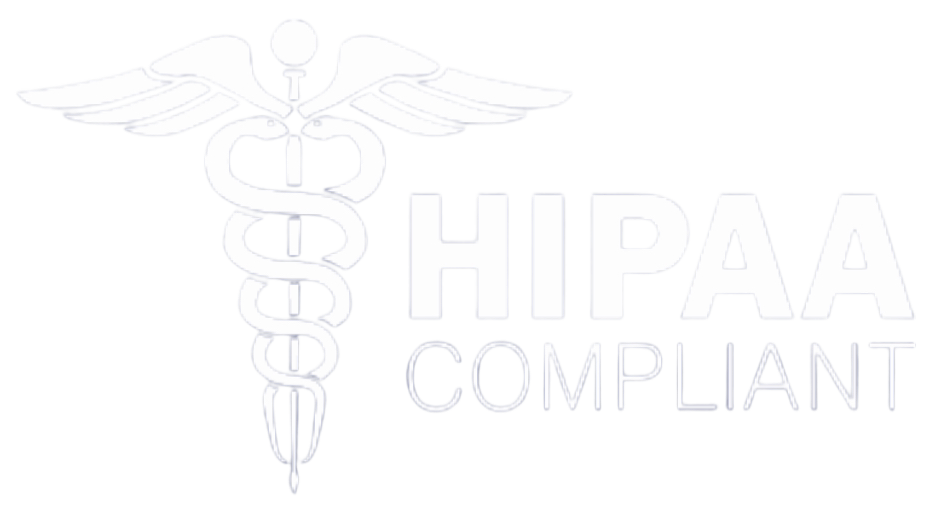How the Mind-Body Connection Can Help You Heal from Injury
When it comes to recovering from an injury, many people focus primarily on the physical aspects: resting, icing, and physical therapy. While these approaches are essential for healing, there’s another powerful tool that is often overlooked—the mind-body connection. This intricate relationship between mental and physical health plays a crucial role in how our bodies recover from trauma, pain, and injury. By understanding and harnessing the mind-body connection, you can enhance your recovery process and achieve a more holistic sense of well-being.
Understanding the Mind-Body Connection
The mind-body connection refers to the concept that our mental and emotional states influence our physical health. It is based on the idea that the brain and body are deeply interconnected, and what happens in one can affect the other. Research has shown that our thoughts, emotions, and beliefs can impact physical processes such as immune function, healing, pain perception, and muscle tension.
When an injury occurs, the mind and body respond together. For example, stress, anxiety, or depression can exacerbate pain and slow down healing. On the flip side, positive mental states such as relaxation, optimism, and mindfulness can improve recovery outcomes and reduce the perception of pain.
How the Mind-Body Connection Affects Healing
Here’s how the mind and body work together when you’re healing:
- Pain and Emotions : One key way the mind-body connection affects healing is through pain. When you’re injured, your body sends pain signals to your brain. But emotions like stress and anxiety can make the pain feel worse. People who are anxious or depressed often feel more pain and take longer to heal.
On the other hand, positive emotions can help lessen pain. Techniques like relaxation exercises, mindfulness, and guided imagery can help manage pain and support holistic health healing by calming the mind and sending good signals to the body. - The Nervous System : The nervous system helps the body heal after an injury. But if you’re stressed or anxious, your nervous system can become overwhelmed, which can lead to chronic pain and tension. This makes recovery slower.
Deep breathing, meditation, and yoga can help activate the parasympathetic nervous system (the “rest and digest” system), which helps reduce stress and inflammation, making recovery easier. - Visualization : Visualization is when you imagine your body healing. It’s a technique that athletes and people recovering from surgery often use to speed up recovery and improve performance. Studies show that when you visualize healing, it can improve blood flow and oxygen to the injured area, speeding up recovery.
- The Impact of Stress : Stress can slow healing. When you’re stressed, your body produces cortisol, which can weaken the immune system and increase inflammation. Chronic stress can also cause muscle tension and poor sleep, which can all delay recovery.
Managing stress through mindfulness and relaxation techniques can reduce cortisol levels, making it easier for your body to heal. - Beliefs and Attitudes: Your beliefs and attitudes can also affect recovery. If you believe you won’t fully recover or that pain will always be with you, it can delay healing. But having a positive attitude and believing in your body’s ability to heal can make a big difference.
The placebo effect shows how our minds can influence our physical health—if you believe you’re receiving effective treatment, even if it’s a placebo, you might still feel better. A positive mindset can help support your healing process. - Movement and Mindfulness Gentle movement, combined with mindfulness, is another way to support healing. Activities like yoga or tai chi promote body awareness, reduce muscle tension, and increase circulation. These practices also help you stay present and reduce stress, which is important for healing.
How to Use the Mind-Body Connection for Healing
Here are some simple ways to use the mind-body connection to support your healing:
- Practice Mindfulness Meditation: Set aside time each day for mindfulness meditation to reduce stress and increase your awareness of your thoughts and feelings. This can help you stay calm and focused during your recovery process, reducing negative emotions that may interfere with healing.
- Use Visualization Techniques: Spend a few minutes each day visualizing your body healing. Picture the injured area becoming strong and healthy again. This can help to activate the healing process and promote a positive mindset.
- Engage in Gentle Movement: Depending on your injury, consider incorporating gentle movement or stretching into your routine. Yoga, tai chi, or light walking can help keep your body flexible and support the healing process.
- Manage Stress: Practice stress-reducing techniques such as deep breathing, progressive muscle relaxation, or guided imagery. Reducing stress can help lower inflammation, improve sleep, and promote healing.
- Focus on Positive Affirmations: Cultivate a positive mindset by using affirmations such as, “My body is strong and capable of healing” or “Each day, I am getting better and better.” These positive statements can help reinforce the belief in your body’s ability to heal.
Conclusion
The mind-body connection is a powerful tool that can help speed up your healing. By understanding how your emotions and thoughts affect your body, you can take steps to improve your recovery. Techniques like reducing stress, visualizing healing, and staying positive can all help you heal faster. By using the mind-body connection, you can help your body recover more effectively and feel better along the way. For more tips on how to enhance your well-being and recovery, visit Wellness-Synergy.
Disclaimer
Wellness Synergy, its products, and Dr. Ilka Tamar do not intend to cure, treat, heal, or prevent diseases or illnesses. These statements have not been evaluated by the Food and Drug Administration. The information on our social media and website is for informational purposes only and is not a substitute for medical advice or diagnosis from your physician or other healthcare professional. This information is meant for general wellness purposes and does not claim to diagnose, treat, or cure any illness or health condition. If you suspect you have a medical issue, please contact your physician or healthcare provider.
FAQ For Mind-Body Connection Can Help You Heal from Injury
What is the mind-body connection?
The mind-body connection refers to the relationship between your mental and emotional state and your physical health. It emphasizes how thoughts, emotions, and beliefs can influence physical processes, such as healing, pain perception, and immune function.
How does stress affect healing from an injury?
Stress can hinder recovery by producing cortisol, a hormone that weakens the immune system, increases inflammation, and can cause muscle tension and poor sleep. Chronic stress can slow down the healing process, making recovery take longer.
How can positive emotions help healing?
Positive emotions such as relaxation, optimism, and mindfulness can reduce pain perception and promote healing. They help calm the nervous system and encourage the body to heal by sending positive signals to the brain and body.
What role does visualization play in healing?
Visualization involves mentally picturing the injured area healing and becoming stronger. Studies suggest that visualizing the healing process can improve blood flow and oxygen to the affected area, which can speed up recovery.


